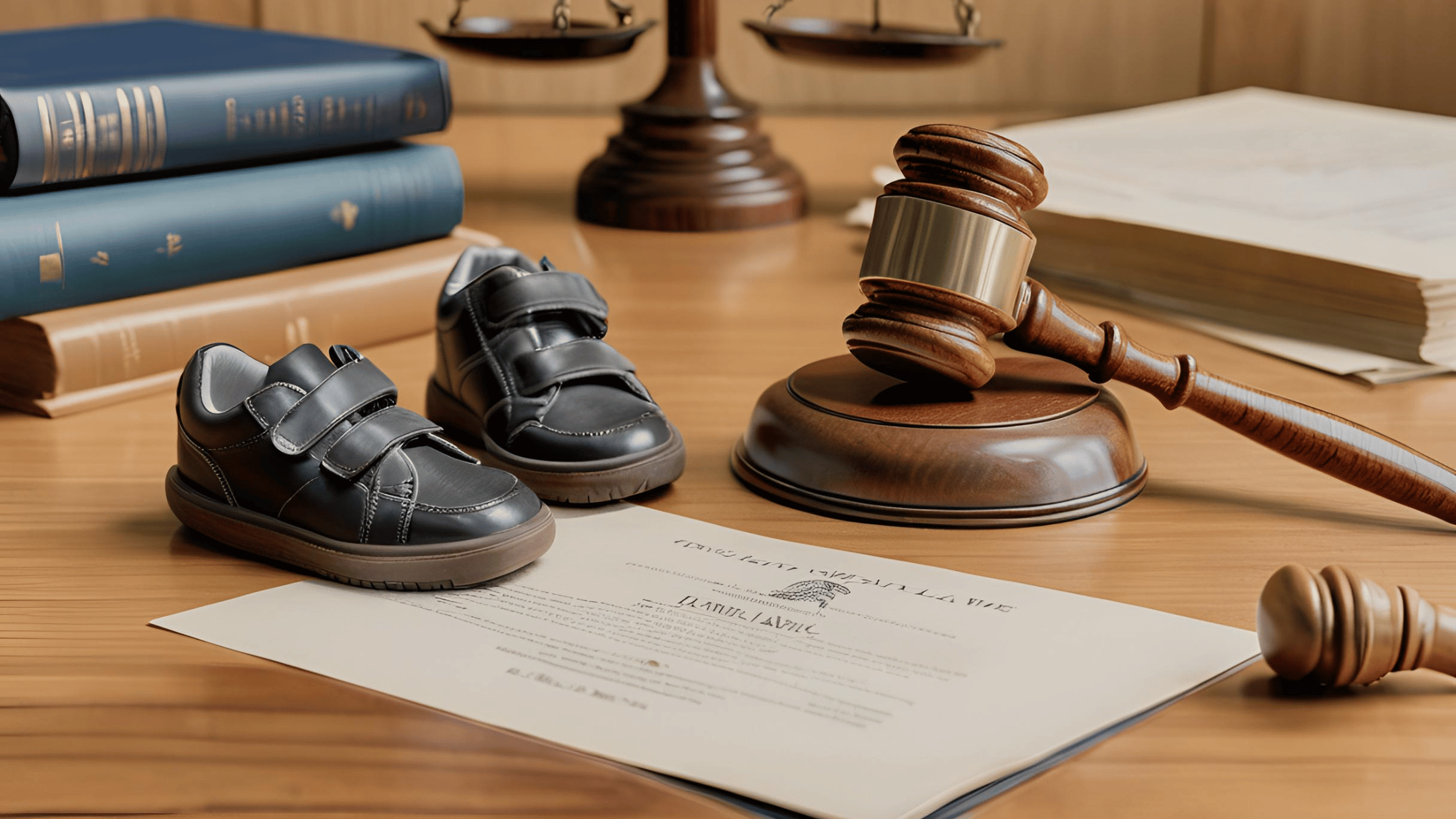When going through a divorce, one of the most heartbreaking things is seeing your children caught in the middle. If you suspect that your spouse is emotionally harming your children, you might feel helpless, angry, and unsure of what to do next. The good news is that the court system is there to protect children and their well-being.
This blog explains how the court addresses emotional harm to children, what steps you can take, and how to provide a safe and supportive environment for your kids. Remember, you are not alone in this journey, and there are ways to protect your children from emotional harm.
What Is Emotional Harm to Children?
Emotional harm happens when a child’s mental health or emotional well-being is affected by a parent’s words, actions, or neglect. Examples of emotional harm include:
- Verbal Abuse: Name-calling, constant criticism, or shouting at the child.
- Manipulation: Forcing a child to choose sides or saying negative things about the other parent.
- Neglect: Ignoring a child’s emotional needs or isolating them from loved ones.
If your child shows signs of emotional harm—like anxiety, depression, withdrawal, or acting out—it’s important to take action. For more advice on recognizing these signs, read our Guide to Identifying Emotional Harm in Children.
How the Court Views Emotional Harm
The court’s primary concern is the best interest of the child. Judges take emotional harm very seriously because it can have long-term effects on a child’s development, relationships, and mental health.
When a case involves emotional harm:
- The Court Investigates the Situation: The judge may request an investigation to determine if the child is at risk. This could involve speaking to both parents, reviewing evidence, and even talking to the child in some cases.
- Child Welfare Experts May Be Involved: The court can involve child psychologists, social workers, or counselors to evaluate the situation.
- Custody Decisions May Change: If one parent is found to be causing emotional harm, the court may limit their custody or visitation rights to protect the child.
To understand how custody arrangements work, check out our Co-Parenting Tips to Keep Kids Safe.
Steps You Can Take to Protect Your Child
If you believe your spouse is emotionally harming your child, here’s what you can do:
- Document Everything
- Keep a record of harmful incidents, including dates, times, and details. Save any text messages, emails, or voice recordings that show emotional harm.
- This documentation can serve as evidence in court.
- File a Report
- If the emotional harm is severe, you may need to report it to child welfare authorities. They can investigate and provide recommendations to the court.
- Request a Custody Modification
- If you believe your child is unsafe with your spouse, you can ask the court to change the custody agreement. Provide evidence of emotional harm to support your case.
- Seek Professional Help for Your Child
- Consider taking your child to a counselor or therapist. This not only helps the child but also provides a professional evaluation that can be shared with the court.
For more tips on safeguarding your child, explore our post on Setting Boundaries with a Toxic Ex.
What Evidence Does the Court Look For?
The court relies on evidence to make decisions. Here’s what can strengthen your case:
- Written Records: Keep a diary of incidents and conversations related to the harm.
- Witness Statements: Teachers, relatives, or neighbors who have observed concerning behavior can provide valuable input.
- Therapist Reports: If a professional has evaluated your child, their findings can carry significant weight in court.
- Behavioral Changes: Share examples of how the harm has affected your child’s behavior or emotions, such as a decline in grades or social withdrawal.
How the Court Protects Children
When the court determines that a child is being emotionally harmed, it can take actions like:
- Changing Custody Arrangements: The court may grant primary custody to the parent who can provide a safer environment.
- Supervised Visitation: If the parent causing harm still wants to see the child, the court may allow visits under supervision.
- Mandating Counseling: Both the parent and child may be required to attend counseling to address the issues and heal the family dynamics.
- Restraining Orders: In extreme cases, the court can issue restraining orders to limit contact between the harmful parent and the child.
Final Thoughts
The court’s role is to protect children from harm, including emotional harm. While the process may feel overwhelming, remember that you have options and resources to safeguard your child’s well-being. Keep detailed records, seek professional support, and don’t hesitate to involve the court if necessary.
Divorce is tough, but protecting your children’s emotional health is a step toward building a brighter future for them. If you want to learn more about supporting your child during divorce, visit our Guide to Talking to Children About Divorce.


